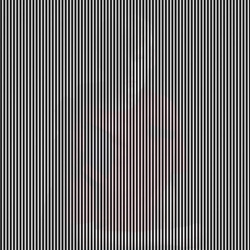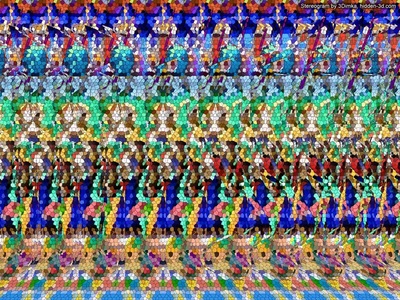|
Stereoscopic pertains to three-dimensional 3D vision or variations where devices are used to create the illusion of depth from a two-dimensional 2D image. You may remember these things from most suburban malls in the 90s, otherwise maybe you've heard of MC Etcher. There are a variety of ways to achieve 3D from drawing with depth, side-by-side viewing popular in the 1800s, then came color anaglyph systems, holograms, Pixar, and then 3D printing. It is in our human nature to seek pleasure, where playing tricks on our eyes and brain are fun, it is a challenge all the while entertaining to stare at a stereoscope.
The stereoscope is a one lens away from the telescope and similar to the binocular, it is quite logical to envision how its origin came about. However unlike the telescope and binocular, the stereoscope serves no function other than entertainment. Supposedly Louis XIV loved his stereoscope because it provided him with endless hours of entertainment and escape from the palace's wall. So coupled with the debauchery happening at Versailles, the stereoscope probably served the same purpose as today's video games today. It is inherent for mankind to want to expand their mind visually, whether in Amazonian rainforest where indigenous cultures using DMT or a child watching cartoons. Whoever thought I'd have my mind blown standing at a mall kiosk in Chester Virginia, in-between The Limited Too, Gap, Claire's, and Cinnabon. Unfortunately there is a segment of the population who fail to see the hidden 3D, which may in fact be a good thing if you've ever experienced these wasted or have been wasted and have had these haunt your trip. My hope for the future is that there is 3D wall paper, and that rather than traveling to Versailles, you can just walk into my living room and voila.
0 Comments
Leave a Reply. |
LAJ
100 Objects of Popular and Material Culture is an blog exploring the manifestations of human consumption and commodity-ization. The purpose of this experiment is to explore material and popular culture in contemporary society by using objects and concepts to prompt wider questions and reflections. So by emulating The British Museum's and Neil MacGregor's format of A History of the World in 100 Objects I plan to satirically analyze and reinterpreted 100 material culture objects over the course of 2014. Material Culture is the study of our culture's consumption of stuff; namely the manifestation of culture through material productions where people's perceptions of objects is socially and culturally dependent. With this, objects reflect conscious and unconscious beliefs on the the individuals who fabricated, purchased, or used them, and by extension the society where they live. So examining materiality, cultural truths and societal assumptions may be discovered. As anthropologist Arjun Appaduai states "in any society the individual is often caught between the cultural structure of commodity-ization and his own personal attempts to bring a value and order to the universe of things." Objects and commodities make up a much larger symbolic system consisting of want and need, socio-economic status, fashion, etc. Often times form follows function whether the commodity, market, and or consumer forever evolve around one-another. Philosopher Pierre Bourdieu's theories of capital flow full circle; where regardless if you are a minimalist or a hoarder the world is made up of things and everyone will leave their footprint on the earth. So by humorously analyzing marketed objects and concepts, hopefully this blog will provide further incite into ideas of over-consumption, a disposable society, consumerism vs. anti-consumers, planned obsolescence vs. sustainability, as well as the greater good of mankind and future generations. Archives
March 2015
Categories |












 RSS Feed
RSS Feed